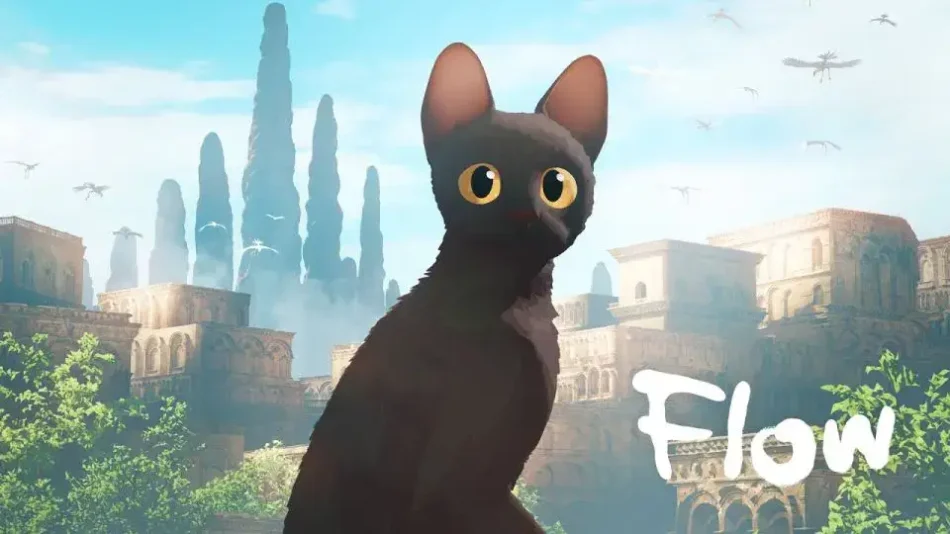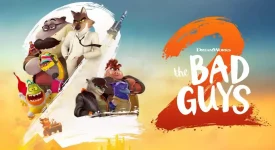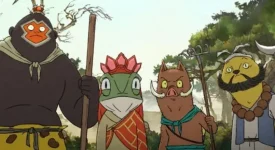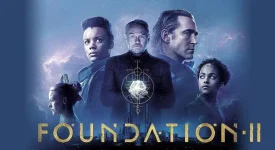(may contain spoilers)
Douban rating: 8.4
Director: Gints Zilbalodis
Douban Comments: “On a boat, there are five animals, each representing one level of Maslow’s hierarchy of needs.
The capybara represents basic physical needs – eating, drinking, sleeping, and going to the bathroom. It’s the first companion of the kitten.
The lemur stands for safety needs – protecting belongings and avoiding danger. But the lemur guards a pile of useless jars, showing how we sometimes cling to meaningless things. It is the second companion.
The third is a golden retriever, representing social needs. Whether it’s bad company or good friendships (like with the kitten), it reflects the need for love and belonging.
Next is the secretary bird, symbolizing esteem needs – the desire for respect and dignity. This reflects the highest, most noble, and almost divine part of human reason.
Finally, the kitten itself represents the need for self-actualization. Through the flood and drifting journey, it experiences all five levels of needs. In the end, by saving the pufferfish, the kitten achieves personal growth.
Throughout the film, the kitten falls into water several times, and in the final scene, it stares at its reflection. The flood represents the subconscious mind. The whale stands for both the free, imagined self and the fearful, stranded self. All these layers of self are hidden in the deep subconscious, waiting for the tides of life to rise and fall again.”
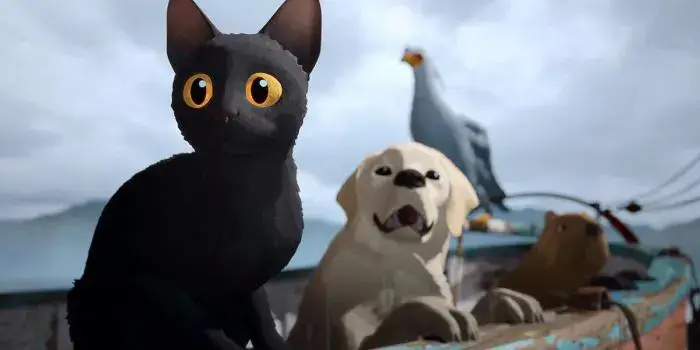
“I absolutely loved this film; it was my favorite at this year’s Shanghai International Film Festival.
The camera always stays low, capturing the expressions of the animals in great detail, which makes it easy to feel immersed in their world. There’s not a single line of dialogue throughout the film, yet the communication between the animals is clear, vivid, and deeply moving. Their personalities are full and rich – both cute and brave, with moments of danger that feel real.
At the end of the film, when the floodwaters recede and the boat ends up in a tree, it seems to return to the scene from the beginning, like a cycle. The white bird belongs to the sky, the whale to the deep sea, and the brave animals to the vast land. To me, this shows that no matter how the world changes – whether it’s the age of the sea or the age of land – every individual has their own journey to face and conquer.
Interestingly, there are no human characters in the film – only a hand-shaped statue appears – suggesting that humans once existed. Through reflections in the water and mirrored surfaces, the animals begin to recognize themselves and develop self-awareness. In this way, the film also seems to ask: in a world beyond human-centered thinking, who truly owns nature?
Anyway, the little cat and the dog are just the best!”
“At the beginning of the film, the wooden boat hanging in the tree hints at the repeated rise and fall of the floodwaters. This Noah’s Ark drifts through the flood, creating the warmest ripples in the submerged world. When the secretary bird flaps its wings and causes a misunderstanding, and the dog awkwardly protects the cat, it finally understands the kindness. Later, the scene of them sharing small fish on the boat’s edge speaks louder than any words of reconciliation.
The lemur is obsessed with collecting glassware, but when it receives a mirror from the capybara, it sees something more precious than its collection – the starlight in its companion’s eyes. The director transforms the disaster into a fairy tale canvas: the whale’s back becomes a lifeboat, the secretary bird ascends to the heavens amidst rainbow-colored clouds, and even the dramatic scene of animals pulling the boat with ropes at the cliff’s edge becomes a cute, collective expression.
In the film’s post-credits scene, the stranded whale sways its tail and returns to the sea, leaving the audience with a smile – this world will always leave a back door for gentle souls. The cat teaches the capybara how to row, the aloof secretary bird kicks the ball into the water, and the cat finally learns to swim – these furry warriors show us with their most authentic selves that what will survive the apocalyptic flood is the warmth of mutual support.”

